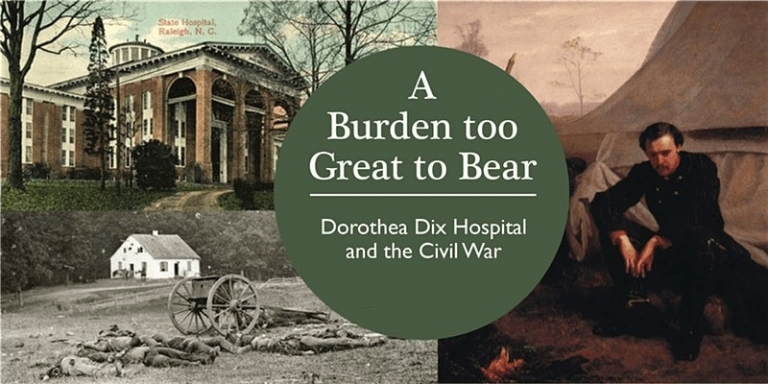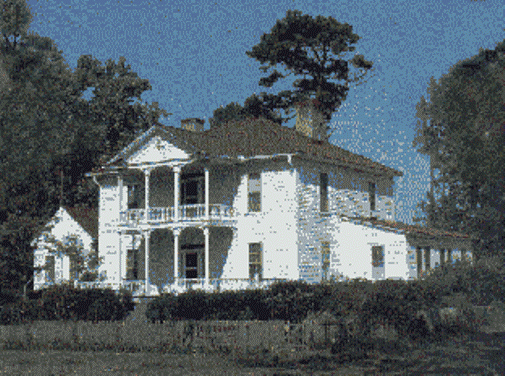

NARA Record Group 92, Records of the Office of the Quartermaster General, Entry 576, General Correspondence and Reports Related to National and Post Cemeteries. The Petition from the L'Ouverture Patients. Lewis Curtis Perry, "Harriet Jacobs and the 'Dear Old Flag,'” African American Review, Fall-Winter 2008).Jean Fagan Yellin, Harriet Jacobs: A Life, Basic Civitas Books, 2004, p.Then take the dear old flag and resolve that it shall be the beacon of liberty for the oppressed of all lands, and of every soldier on American soil…. We will bind up your wounds and administer faithfully unto you. Soldiers, when you return from the field of blood and strife, sick, wounded and weary, you will find a welcome here. Barker in presenting this flag to you for L'Ouverture Hospital-you, the soldier's physician and friend-you, who have by your many acts so endeared yourself to all within this place upon you and this institution I invoke the blessings of Almighty God. According to her biographer, she spent much time preparing her remarks, which included the following:įor the first time in Alexandria, we have met to celebrate a day made historical in our race-the day of British West India Emancipation….ĭr. Jacobs and her daughter came to Alexandria in 1862. She was best known for her book Linda, or Incidents in the Life of Slave Girl, in which she described exploitation, hiding, and eventual escape. Jacobs was by then a well-known writer, teacher, and abolitionist. Jacobs also used the occasion to highlight the conditions of the “contrabands,” or escaped and freed slaves, who made their way into Alexandria. Barker, surgeon in charge, by Harriet Jacobs. The highlight was the presentation of a flag to Dr. On August 1, 1864, Freedom Day (marking the emancipation of slaves in the West Indies) was celebrated at L’Ouverture. During the Civil War, the building’s basement, built as a holding area for enslaved people being bought and sold, was used as a jail. On the same block as L’Ouverture stood one of the largest slave traders in the South. Located at 1315 Duke Street, the Slave Pen is now the Freedom House Museum. University of North Carolina Press, 2009. Harriett Jacobs, January 13, 1865, trying to raise funds for a school. Jean Fagan Yellin, editor. Harriet Jacobs Family Papers, Volume 2, p. I know you would suggest something better for these brave boys. Could you see the young men with one arm and one leg, with their book and slate, crowded into a small room. The chaplain at the L’Ouverture has opened up a school for the soldiers. Major Bentley and his assistants aim to promote the physical and moral interests of all under their charge.Ĭhauncey Leonard to Adjutant General Lorenzo Thomas (May 31, 1865) I am gratified that such complete arrangements have been made for bathing and that our patients enjoy an occasional bath, which makes them clean and healthy. The following observations are from the chaplain Chauncey Leonard, and from relief worker Harriett Jacobs. Most were admitted because of disease, and many patients stayed for weeks and months at a time. The patients’ records with names, dates of admission, causes for hospitalization, and resolution (release, transfer, death) have been transcribed by the Alexandria Archeology Museum. The hospital was built to accommodate up to 600 at a time, but a Decemcensus of Washington area hospitals indicated that 617 of its 717 beds were occupied. In 18, about 1,400 patients were admitted to L’Ouverture. The racial divide of local Civil War medicine.Observations about events and conditions at L’Ouverture include reports by Chaplain Chauncey Leonard, letters from relief workers Julia Wilbur and Harriet Jacobs, and an account of the successful petition drive to ensure the deceased soldiers were buried as military men at Soldiers (now Alexandria National) Cemetery. Buildings constructed during the war were dismantled by 1867. The historic Slave Pen was used as a jail, and stands today at 1315 Duke Street, as the Freedom House Museum and the headquarters of the Urban League. This building, a private residence with an historic plaque, still stands at 219 S. Hospital administration used an existing residence as their headquarters. Long canvas tents allowed for ventilation and separation of patients. As depicted on the Quartermaster’s map, buildings included barracks, cookhouse and mess room, linen room, office, sutler’s store, deadhouse, and a dispensary. It was named for Haitian revolutionary leader Toussaint L’Ouverture. (Photo by Andrew Russell, Library of Congress)īuilt in 1863, L’Ouverture opened in February 1864 for African American troops and contraband civilians and was outside the divisional structure of the other hospitals in Alexandria.

L'Ouverture Hospital was located behind and next to the jail. This former Slave Pen was confiscated and used as a jail during the Civil War.


 0 kommentar(er)
0 kommentar(er)
